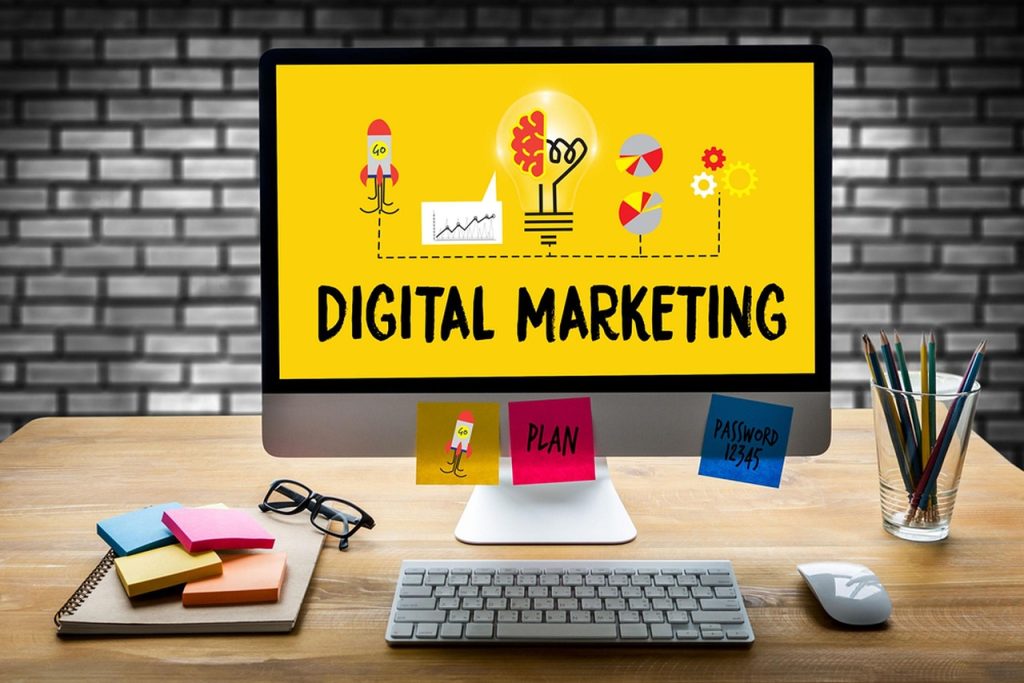
The Primary Benefits of Digital Lending
Old school traditional lending solutions such as those offered by the bank have high disapproval rates of around 25% according to the Biz2Credit Small Business Lending Index™ (2018). This document heavy, long application process can ultimately lead to three-quarters of business owners being left frustrated and down. Enter, digital lending.
What is digital lending?
♪ Let’s get digital, digital ♪
What is digital lending? As implied in the name, digital lending is a digital lending process. But what does that mean? Online technology is used to provide and renew loans so that individuals and businesses alike can gain fast access to capital. Digital lending relies on technology exclusively to perform credit evaluations and to authenticate business loans through online platforms and digital apps.
With current payment trends evolving, it seems that digital everything is the new future. Digital lending offers the perfect breeding ground for individuals and institutions to lend money to borrowers in need of a loan. Borrowers can get their funds and lenders earn interest on the money lent – it’s a win-win situation. The business loans are sent directly to the borrower’s account and the lending platform or online digital lender, will keep track of the borrower’s repayments to make sure the process is smooth sailing.
The history of lending
In order to understand just how far we’ve come in terms of lending evolution, we need to take a step back in time. Here is a short snapshot into how far lending has come…
Ancient civilizations – as far as we know, one of the oldest money lending practices can be dated back to Ancient Rome and Greece. These grand civilizations had pawnbrokers who used a form of secure lending. In this practice, items were held as a form of collateral in order to keep the risk down for the lender.
1800’s – it’s not until you jump hundreds of years forward to the early 1800’s where the Philadelphia Savings Fund Society began, allowing average Americans to gain access to loans and a means of savings – unfortunately, long waiting times and hefty amounts of paperwork were unavoidable.
1980’s – with the internet making a grand entrance, the opportunities for online lending specialists took off. 1985 saw forward thinking Quicken Loans launched the majority of its application to be filled out online.
Today – with nearly every product and service available at our fingertips, the birth of the smartphone has seen lenders up their game to meet customers expectations of digital services. Consumer loans through digital methods (specifically mobile) went up by 45% in 2015 according to BBVA.
So what have we learned? In this extremely brief history lesson, it’s easy to see that the lending hasn’t changed all that much, but the way and method that lending occurs has changed dramatically.
With the rate of technological development, who knows what the future of lending holds. What we can say, however, is that the digital lending process is the latest method that us internet-savvy homo sapiens seem to like (at the moment anyway). According to a BCG report, this trillion dollar industry is an ‘exponentially growing global phenomenon’. So how does this ‘phenomenon’ actually work? We’re getting to that…
How does digital lending work?
Fintech startups take center stage with their cutting-edge digital loans. They understand that consumers are on the prowl for instant funds in the quickest and most efficient way possible. Using a mix of AI, machine learning and automation, large quantities of data can be analyzed in a heartbeat to completely automate the underwriting process of loans. Think of Kabbage, Ondeck – two of Become’s lovely partners and also among the largest SMB online lenders in America, these online lenders won’t be meeting you face-to-face and will drastically speed up the loan process.
On top of that, there are many types of loan products that you can access digitally at the click of a button online. If you aren’t sure which type of financing is best suited to your business, make sure to do your research with a solid business financing guide.
So how does the process differ when it comes to face-to-face lending and digital lending?

Face-to-face traditional lending
They really aren’t so original with these names – as it implies, this is a loan granted face-to-face. There’s no hiding behind your computer or mobile screen here. Picture a football game, you’ll be facing your potential lender head on, sweat and tears included.
For a face-to-face loan, you’ll need to:
-
- Head on down to your bank and complete the written application
– this is easier said than done as a lot of information is needed - Present your business plan and how you’ll spend your finances
- Wait for approval
– usually 60-90 days - Receive your loan
- Head on down to your bank and complete the written application
Digital lending
In the digital lending process, it’s very similar, the main difference is the ease and drastically reduced waiting time. Due to technology, your financial statements, credit and ‘fundability’ can all be assessed within minutes.
The digital lending process works as follows:
-
- Apply online
– indicate the amount needed and your business’s details along with your personal details
– you will often be asked to link your checking business bank account to speed the process or provide bank statements of the last 3-6 months - Wait for approval
– this could take anywhere between a couple of hours to a few days - Receive your loan
- Apply online
Key benefits of digital lending:
Now that you’re digital lending gurus, let’s look at some of the key benefits of digital lending as opposed to traditional lending solutions:
1. Quick and easy
Applications can be completed within minutes as opposed to many hours or even days spent collecting information and filling out those dreary forms at traditional banks.
Opposed to waiting up to 90 days to find out whether you were approved for a loan or not, digital lending offers answers the very same day, some even within an hour! Now that’s speedy.
2. Minimal documentation
You won’t need to devise a long plan of how you’ll be spending every dollar, nor will you have to fill out half the information that traditional banks require. Wave goodbye to endless paperwork (not to mention lot’s of dead trees), and say hello to simple online applications such as those provided by Become.
Become will take into account your request and qualifications and match you with one of its more than 35 lending partners to get you the best offer that you can qualify for. Better yet, if you face business loan rejection, the transparent process will outline why, where you went wrong, and how to better your application to get the funding you deserve.
3. Better for first-timers and those with below excellent credit
If you try to get a business loan from the bank with no credit history, you’ll likely be laughed out of the room. First-time borrowers trying to pop their lending cherry will have a hard time with a traditional bank loan. With little experience and credit history, you’ll struggle to prove your reliability or any of your loan repayment behavior.
A credit score of 700 or above is considered excellent, but if your score is below 680, traditional lenders will more likely than not, turn a blind eye (unless you have persuasion skills to match Trump, after all, he managed to convince hundreds of investors to reinvest millions when he was down close to a billion, not to mention becoming president). Digital lending, on the other hand, can help even those on the lower end of the credit spectrum get funding.
4. Banks are far more likely to say no than online lenders
Why? Because they like safety, and besides, it’s far easier and much less work to say no than yes. Banks don’t like anything risky, in fact, they’re allergic to the word. They’ll be making around 2-3% net interest on your loan and are looking for those safe projects. Where do you think the old age adage comes from that ‘banks will lend you money when you don’t need it’?
It seems that digital lending is proving to be a tidal force when it comes to reaching people who haven’t been able to access financial services in the past. Who knows what the future of lending holds…




